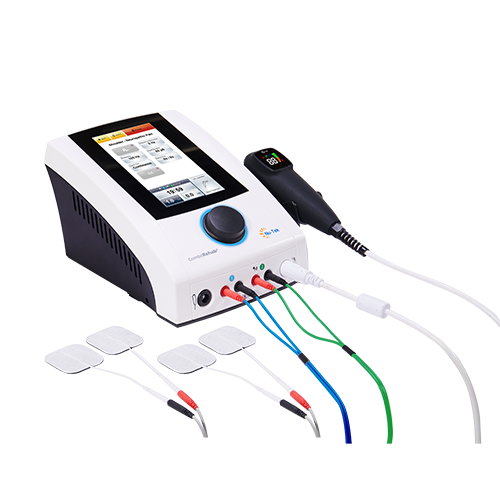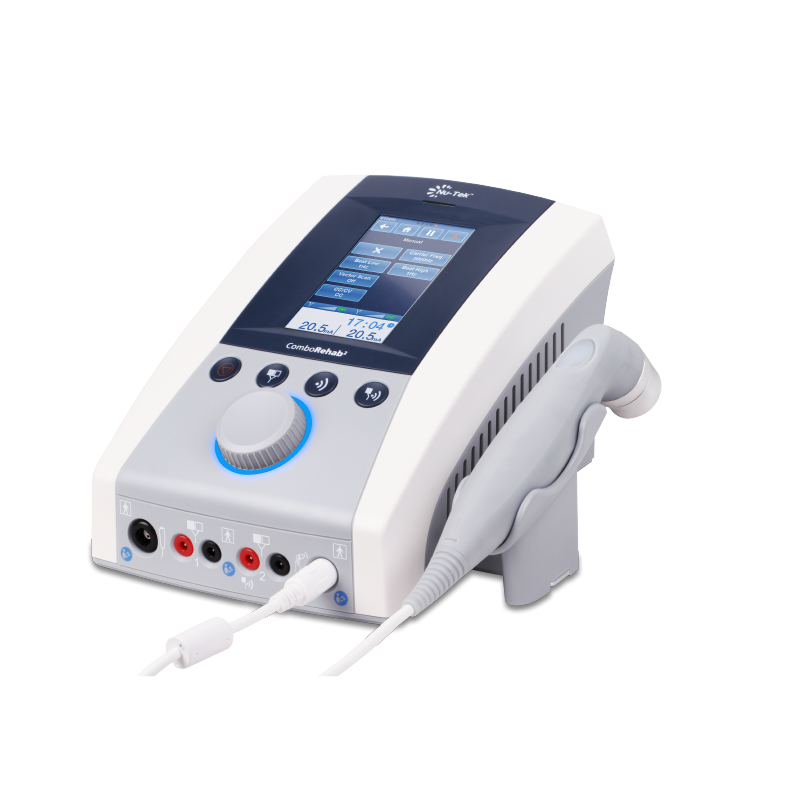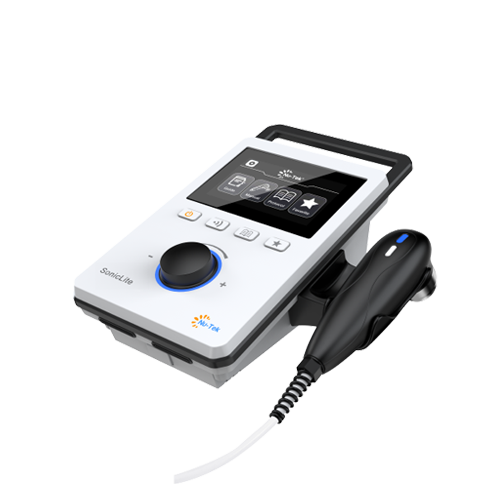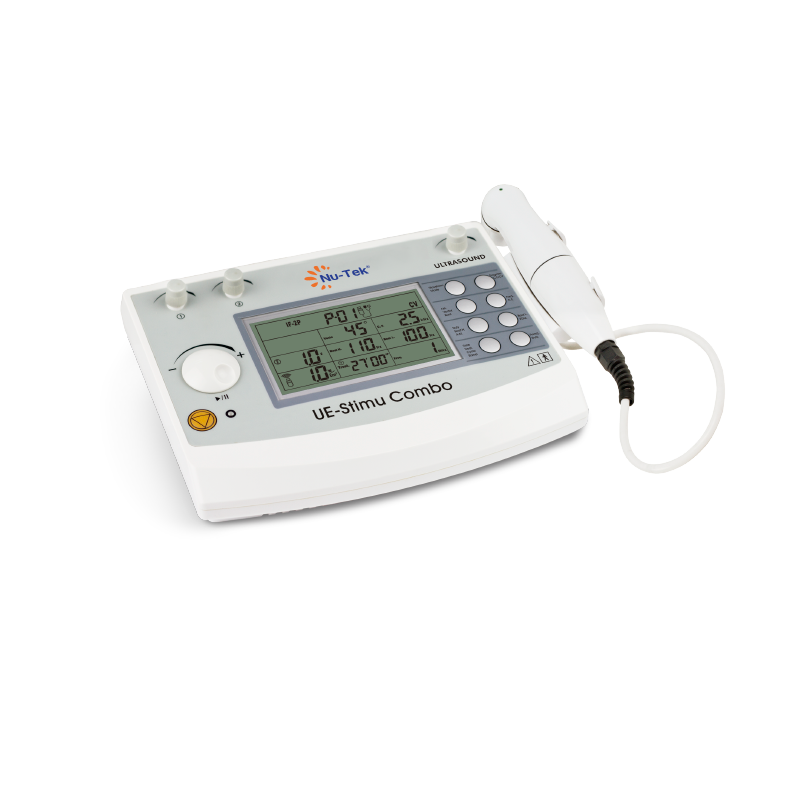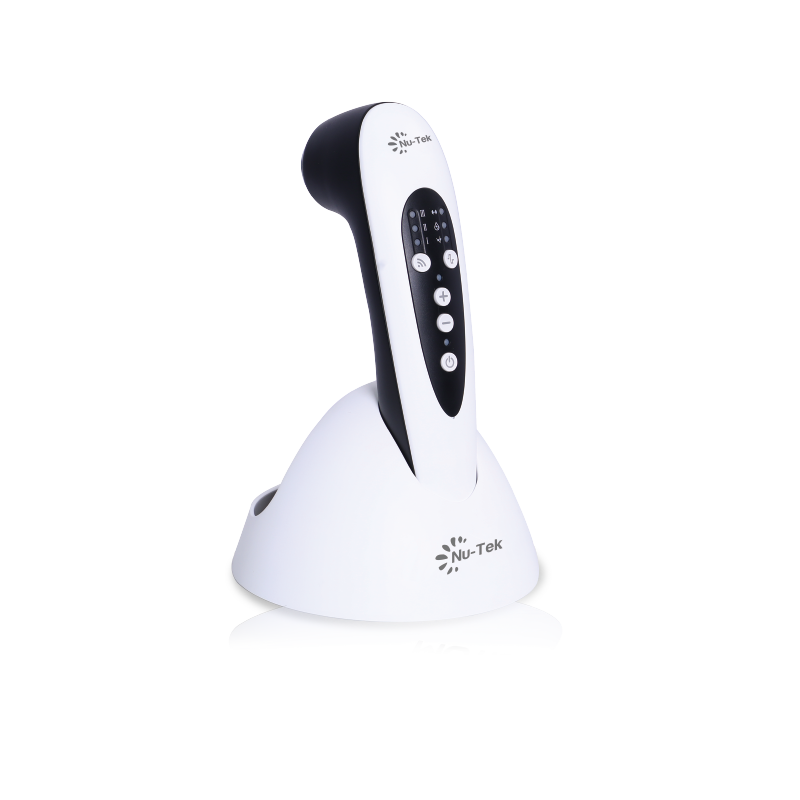Low Level Laser Therapy (LLLT), also known as Low Level Laser (LLL) or cold laser therapy, is a non-invasive treatment method that utilizes low-intensity laser light to stimulate cellular function and promote healing. This technique is widely used in physical therapy, rehabilitation, and various medical fields for its therapeutic effects. Here’s an overview of what low level laser therapy is, how it works, and its applications.
What is Low Level Laser Therapy?
Low Level Laser Therapy involves the use of lasers or light-emitting diodes (LEDs) that emit light in the visible to near-infrared spectrum (typically between 600 to 1000 nanometers). Unlike high-intensity lasers, LLLT does not generate heat, making it safe for use on various tissues without causing damage or discomfort.
How Does It Work?
Mechanism of Action:
Photobiomodulation: The primary mechanism of LLLT is photobiomodulation, a process where laser light interacts with cellular structures, particularly the mitochondria. This interaction stimulates the production of ATP (adenosine triphosphate), enhancing cellular energy metabolism and promoting healing.
Cellular Response: When exposed to low-level laser light, cells can experience increased proliferation, enhanced collagen synthesis, and improved cell migration. This leads to faster tissue repair and regeneration.
Increased Blood Flow: LLLT can enhance circulation in the treated area by promoting vasodilation, which increases blood flow and facilitates the delivery of oxygen and nutrients while aiding in the removal of metabolic waste.
Pain Relief: The therapy can modulate pain by affecting the release of neurotransmitters and endorphins, thereby decreasing pain sensitivity and promoting relaxation in the nervous system.
Treatment Application:
LLLT is typically applied directly to the skin over the area of concern using a handheld device or a laser probe. The treatment duration can range from a few minutes to half an hour, depending on the condition being treated and the size of the area involved.
Effects and Applications
Low Level Laser Therapy is used for a variety of conditions, including:
Musculoskeletal Pain:
Conditions such as arthritis, back pain, neck pain, and joint disorders can benefit from LLLT, as it helps reduce pain and inflammation while improving function.
Soft Tissue Injuries:
LLLT is effective for treating sprains, strains, tendonitis, and other soft tissue injuries by promoting healing and reducing inflammation in the affected tissues.
Wound Healing:
The therapy can accelerate the healing process of chronic wounds and ulcers by stimulating cellular activity, enhancing collagen production, and improving blood circulation.
Neuropathy:
Patients with neuropathic pain or conditions like carpal tunnel syndrome may find relief through LLLT, which can help alleviate symptoms and improve nerve function.
Dental Applications:
In dentistry, LLLT is used to reduce pain and inflammation after procedures, promote healing of oral tissues, and manage conditions like temporomandibular joint (TMJ) disorders.
Skin Conditions:
LLLT can be beneficial for various dermatological conditions, including psoriasis, eczema, and acne, by reducing inflammation and promoting skin healing.
Hair Restoration:
Low level laser therapy is also used in dermatology for hair restoration, particularly in cases of androgenetic alopecia (pattern hair loss).
Low Level Laser Therapy is a versatile and safe treatment modality that utilizes low-intensity laser light to stimulate cellular processes and promote healing. Its mechanisms of action, primarily through photobiomodulation, make it effective for a wide range of conditions, particularly in the fields of musculoskeletal medicine, wound healing, and dermatology. As always, patients should consult with healthcare professionals to determine the appropriateness of LLLT for their specific conditions and to develop a tailored treatment plan


 中文
中文 Español
Español Français
Français Português
Português